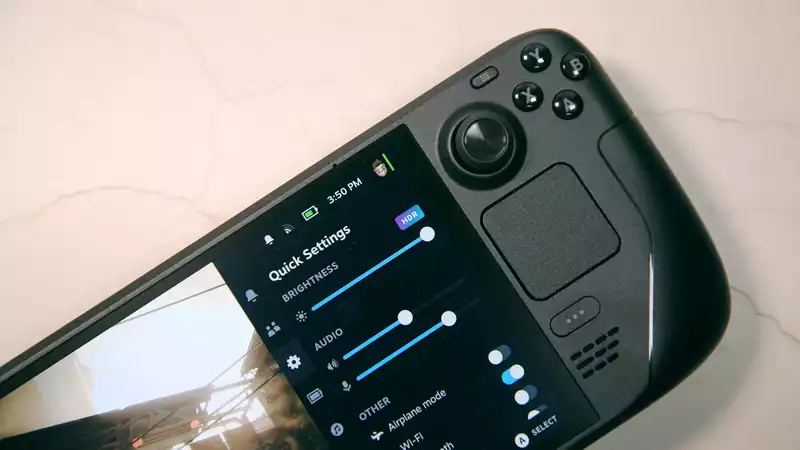Not every change or update to PC gaming hardware or software needs to be revolutionary. Sometimes all you really need is a little more understanding of what something does and how it affects your device, and Valve is doing just that with their Quick Access configuration of the latest beta version of their operating system for Steam decks.
Certainly not earth-shattering news (via Lawrence Yang on X), but anything that makes a difference in the usability of a particular device is always worth noting. you may be well aware of what TDP means and how half-rate shading works but not all PC gamers understand it, and Valve's recent beta update of its Steam Deck software shows that they fully understand this.
Not only has the role of settings been clarified, but it also explains how each setting affects Steam Deck and what you can expect in terms of power consumption, overall performance, and changes to graphics quality.
I wish game developers would do this more often, especially for games that have a myriad of quality settings in the graphics menu. Of course, many games show how they look on the screen, or show a small graph showing how the demands on the PC change as the settings are changed.
But the programmers who really need to do this are those who create the motherboard BIOS/UEFI. If you delve into some of the menus, such as the power management and host device menus, you will encounter a seemingly random list of code names.
Or you will often be given helpful snippets of information, such as "Changing the state of P1 will change the level of P1." In older BIOSes there was no space to include detailed descriptions of features, but in modern UEFIs there definitely is.
Most of these are hidden in the 'Advanced settings' menu, and one might argue that if you don't know what they mean you shouldn't mess with them. However, I feel that one should not need a complicated reference book or a degree in computer science to decipher them.
I understand that Valve has a lot of money and a lot of staff, and that smaller motherboard companies often hire only one or two people at most to do BIOS/UEFI work. However, if we all ask nicely, the next motherboard update may come with a few more pieces of useful information, especially about all the performance settings.


Comments